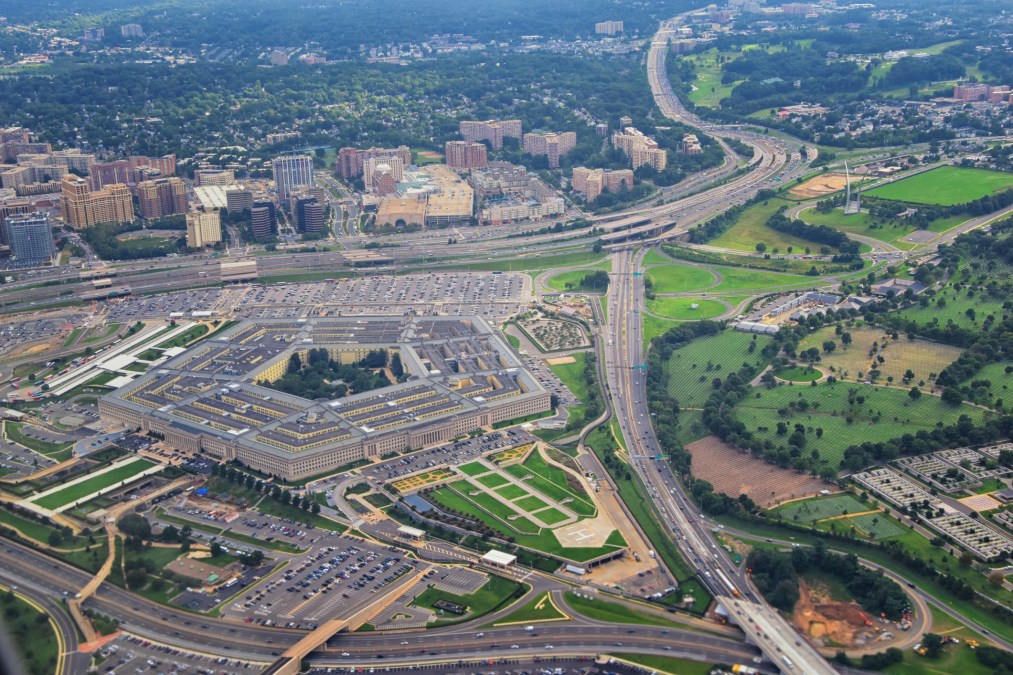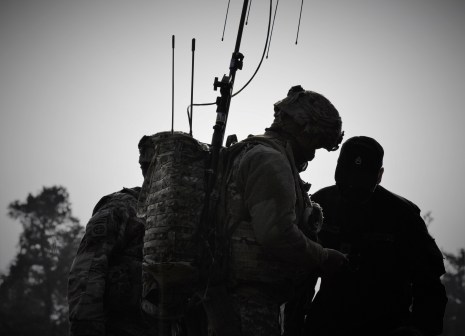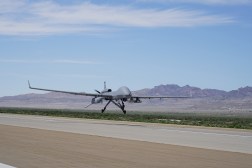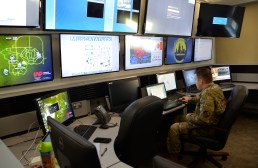Air Force, Army remain divided over modernization investments

Senior Army officials are touting a variety of new ground-based, long-range missiles that are in the works and could be deployed against China in the coming years. But an Air Force leader says the military would be better off if funding for those programs were directed toward air-and-missile defense capabilities.
The ongoing interservice disagreement over modernization investments was on display this week at Washington think tanks where military leaders spoke about the threats the Pentagon is facing in the Indo-Pacific and the technologies needed to counter them.
Developing new long-range fires technology is a top priority for the Army. The service is pursuing new Precision Strike Missiles (PrSM) and a Long-Range Hypersonic Weapon, among other capabilities.
“We are working very hard to bring forward major new weapon systems and capabilities that will, I think, very much underwrite our ability to deter coercion in the [Indo-Pacific] theater,” Army Secretary Christine Wormuth said at an event hosted by the Hudson Institute.
“We are progressing really well” when it comes to long-range fires, she said. “We feel really good about where the Army is on in that part of our portfolio.”
The service’s top officer, Chief of Staff Gen. James McConville, said those capabilities will give combatant commanders additional options for holding enemy targets at risk.
“We’ll be able to sink ships, you know, within a fairly good range” with missiles like PrSM, he said. That could enable the Army to set up “no-sail” zones against adversaries.
Hypersonics, which are expected to fly faster than Mach 5 and be highly maneuverable, could be used to suppress an adversary’s integrated air-and-missile defense systems, McConville said.
The Army plans to spend billions of dollars on its long-range fires portfolio and intends to start fielding some of these capabilities in 2023. However, Air Force officials contend that some of that money could be better spent elsewhere, arguing that the Air Force already provides long-range strike capabilities with its bombers and other platforms.
Gen. Kenneth Wilsbach, commander of Pacific Air Forces, said air-and-missile defense should get more funding.
“What I’d like the Army to do is put some more dollars into that base defense and less on long-range fires, because I actually have access through Air Force Global Strike Command … to the long-range fires, but we don’t have access to all the base defense that we need,” he said at an event hosted by the Mitchell Institute for Aerospace Studies.
The Army’s Patriot and Theater High-Altitude Area Defense (THAAD) systems have been deployed to the Indo-Pacific to protect key bases in places like Japan, South Korea and Guam. However, there aren’t enough of them, and they aren’t sufficiently “agile,” he said.
“Those are helpful for base defense but with the advent of newer threats, like maneuvering reentry vehicles, stealthy cruise missiles and hypersonics, we don’t have all the defenses that we would need to be able to do that,” he said.
“This is a mission that the Army has … been directed to do,” he said. “I think we ought to ask the Army to do it, which is what I have done is asked the Army to help us out with base defense,” he said.
The military needs systems that are more easily transportable than Patriot or THAAD, according to Wilsbach.
“It takes a lot of lift capability to move those assets around. So, what we actually need is something — it’s probably directed energy [weapons] — but we probably need something that is agile so that we can get after those threats … but it’s small,” he said. “Perhaps you can put it on the back of a small truck, move it by a C-130 [and] get it out to one of those islands” in the Indo-Pacific. “I’ve asked the Army to work on that for us.”
The Army isn’t disputing the need to invest in new air-and-missile defense capabilities. Wormuth said it is one of the service’s top modernization priorities, along with long-range fires and other technologies.
This week, Northrop Grumman announced that it had successfully completed two flights tests for the Army’s Integrated Battle Command System program, which is designed to help the military track and intercept missiles.






